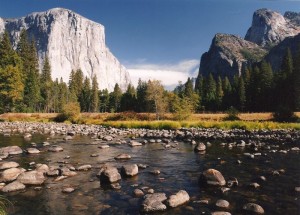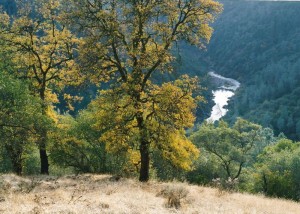If you’re interested in mastering landscape photography then there are two important keys to taking great landscape pictures: lighting and composition. Since both of these important concepts can make an enormous difference in the quality and appeal of your landscape photos, here are some tips you can start using right away.
Lighting quality can make a significant difference in the quality and impact of your photograph. You want to get familiar with the different types and intensities of lights so you can best use them to enhance your landscape photograph.
Here are some tips for how you can use different types of light:
- For lighting that is soft and has an even, warm look take your landscape pictures during the “Golden Hours” which is the first hour after dawn and the last hour before sunset.
- For more intense colors and subdued highlights, shoot under an overcast sky.
- For dramatic shadows, shoot under a cloudy sky.
- For extra eye catching appeal and added drama to your photograph, look for landscapes where there are contrasting colors or tones.
- For a super soft or ethereal effect, shoot on a foggy day.
Composition is one of the most important elements in photography and is critical to learn if you want to master landscape photography. There is a lot you can learn about composition, so here are just a few tips you can start applying to your photography right away.
- Fill two-thirds (2/3) of your frame or viewfinder with the subject of your landscape picture. Your subject could be a rock outcropping, a tree or a dramatic sky.
- Look for lines, curves or patterns that can draw your eye toward the subject in your landscape photo. For example, it could be a road leading to the subject of your photo or lines in the sand that lead your eye to the subject of your picture.
- Watch out for clutter or distracting items in the background. This could be anything from litter on the ground to power lines going through your scenic skyline.
- Compose your photo with a point of interest in the foreground that is separate from your picture’s subject. This is intended to draw the eye in and add interest to your landscape photograph.
- Position the subject of your photo using the “rule of thirds” so your subject isn’t always directly centered in your photograph. The rule of thirds is a technique where you imagine your picture divided into a grid pattern of 9 equal parts and focus on placing your subject and interest areas along those grid lines or intersections.
Although there is much more to discuss on lighting and composition, these tips will give you a starting point so you can start seeing a difference in the quality of your landscape pictures.
Landscape photographs courtesy of Byron Lee.


Thank you for this great post. I have just recently started to try to take landscapes and I have a lot to learn. I first got inspired by Peter Lik if you are not familiar check him out: http://www.peterlik.com/